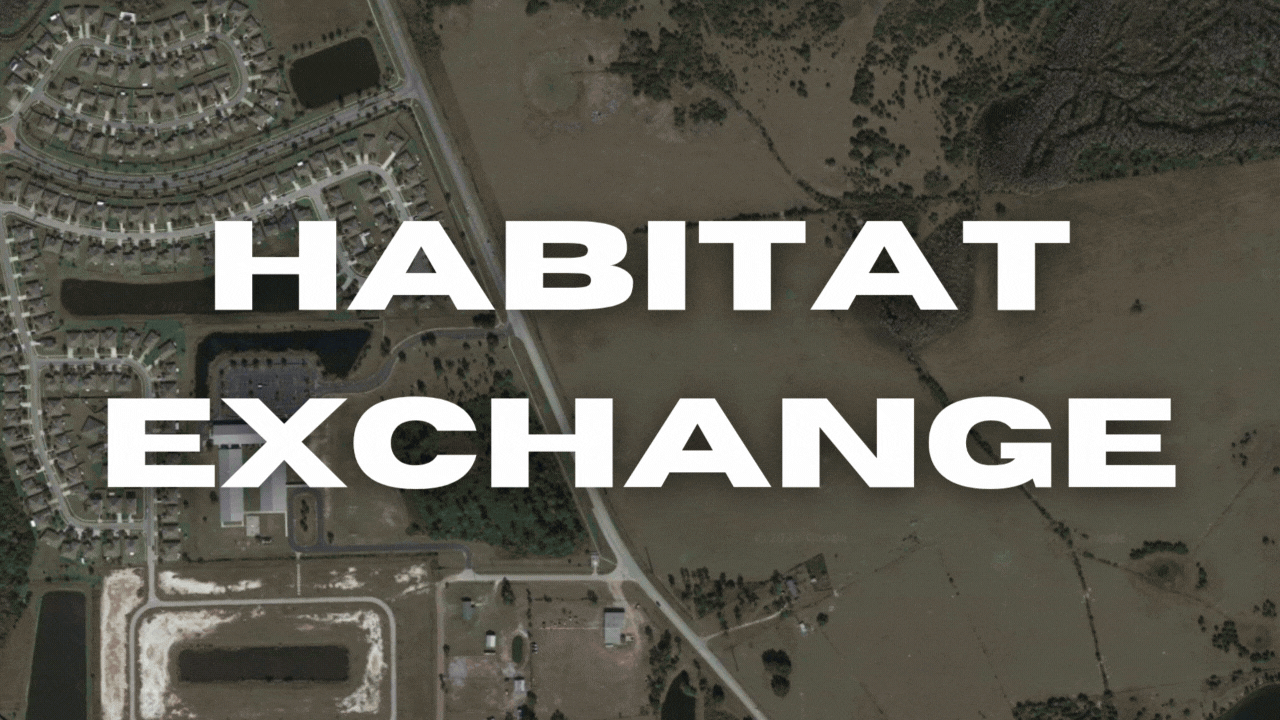When building near a wetland, developers avoid, minimize and mitigate their impacts, in that order. The first two steps are the most effective conservation strategies. The third created an industry.
The system, called mitigation banking, emerged in the U.S. in the 1980s and gained federal support under the George H. W. Bush administration with the slogan of “No Net Loss.” Land managers who create, restore, enhance or preserve wetlands earn “credits” for their work from state and federal agencies.
They sell those credits, often with price tags in the $100,000s, to developers whose projects will fill or drain wetlands elsewhere in the state.
Soggy, swampy Florida was a keen adopter of the program, meant to allow growth without sacrificing nature.
Early projects struggled.
Some couldn’t keep the right plants alive while others had problems with flooding, according to a multi-agency analysis of the state’s first few dozen banks. The state introduced an improved, standardized way to assess wetland impacts and mitigation bank success in 2004.
Today, Florida houses over 160 mitigation banks, more than any other state.
But, even so, long-term restoration projects can’t keep pace with the Sunshine State’s rapidly growing urban centers. Developers often find themselves on long waitlists, eager for a mitigation bank’s next credit release.
A new Florida law aims to remedy those shortages by allowing developers to buy credits from outside of their watershed if none are available nearby. Some experts worry about the environmental impacts of using rural restoration to balance urban upsizing.

Credit shortages
“This will completely change the mitigation banking industry,” said Victoria Bruce, CEO of The Mitigation Banking Group. Bruce brokers deals between the people who do the building in Florida and those who do the restoration.
Under the previous system, developers in each of Florida’s 86 drainage basins could only buy credits from within their basin, with limited exceptions. But demand wasn’t the same in every basin, and rapidly growing areas faced credit shortages.
Developers in Tampa Bay, for example, have been out of a subtype of credits since 2022.
Those in Orlando, Miami and Jacksonville face similar shortages. “It’s a standstill,” Bruce said.
Builders have the option to plan, design and create their own, on-site or off-site mitigation projects, but the process is lengthy and expensive.
Buying from an established bank minimizes risk. “I go ahead and write a check,” Bruce said, “and now I'm transferring all that responsibility and liability to the mitigation banker.”
For some developers, the convenience is worth the wait. The new law, which went into effect July 1, aims to make those waits shorter.
If no credits are available in a developer’s basin, they can buy them from the next closest basin for an extra cost. The bigger the distance between the mitigation bank and the construction site, the bigger the price tag.
“Can you still have a project in Orlando and use a mitigation credit in the Panhandle area?” asked Senate Minority Leader Lori Berman during Florida’s 2025 legislative session.
“Technically, you could,” responded Senator Stan McClain, the bill’s sponsor. “I think that's certainly not the intent of the bill.”
The bill passed the Senate 30 to 3 and Governor Ron DeSantis signed it into law on June 26.
Potential environmental impacts
Florida’s mitigation change isn’t totally novel. The federal government adopted similar out-of-basin multipliers in 2023 with little ceremony. Some Floridians are still reluctant.
Connie Bersok worked for the Florida Department of Environmental Protection for 30 years reviewing mitigation bank permits before retiring in 2017. She’s among those concerned.
“My reaction is it’s not a good bill,” she said speaking to WUFT News before the bill’s passage. “These are not good, clarifying changes.”
It allows developers to buy credits outside of their basin and outside of their type of ecology for a premium, meaning a woody upland restoration in North Florida could potentially be used to offset a soggy estuarine build along the Gulf.
Wetlands help filter drinking water, shelter endangered plant and animal species and provide flood control to the communities they border.
Research suggests mitigation banking in Florida often trades urban wetlands for rural ones, reducing natural benefits to city dwellers.
Credit release concerns
The law also changes the timeline of credit release.
Historically, state and federal agency employees would determine credit rollout on a bank-by-bank basis.
The new law puts all banks on the same release timeline.
Bankers will now receive 30% of credits before starting their restoration project and another 30% for initial construction activities. Meeting success criteria accounts for the final 40%.
“That is much more than most permits I've ever seen,” Bersok said.
While Bersok is cautious about the speed of credit release, Bruce says making the system less risky for mitigation bankers could incentivize more environmental stewardship.
“If Walmart wants to build and they're gonna give you $10 million for your property, it's hard to say ‘I'd rather preserve it than get the $10 million,’” she said.
“But if I can tell you that you can still make that $10 million and we will preserve it, now we've got options.”




